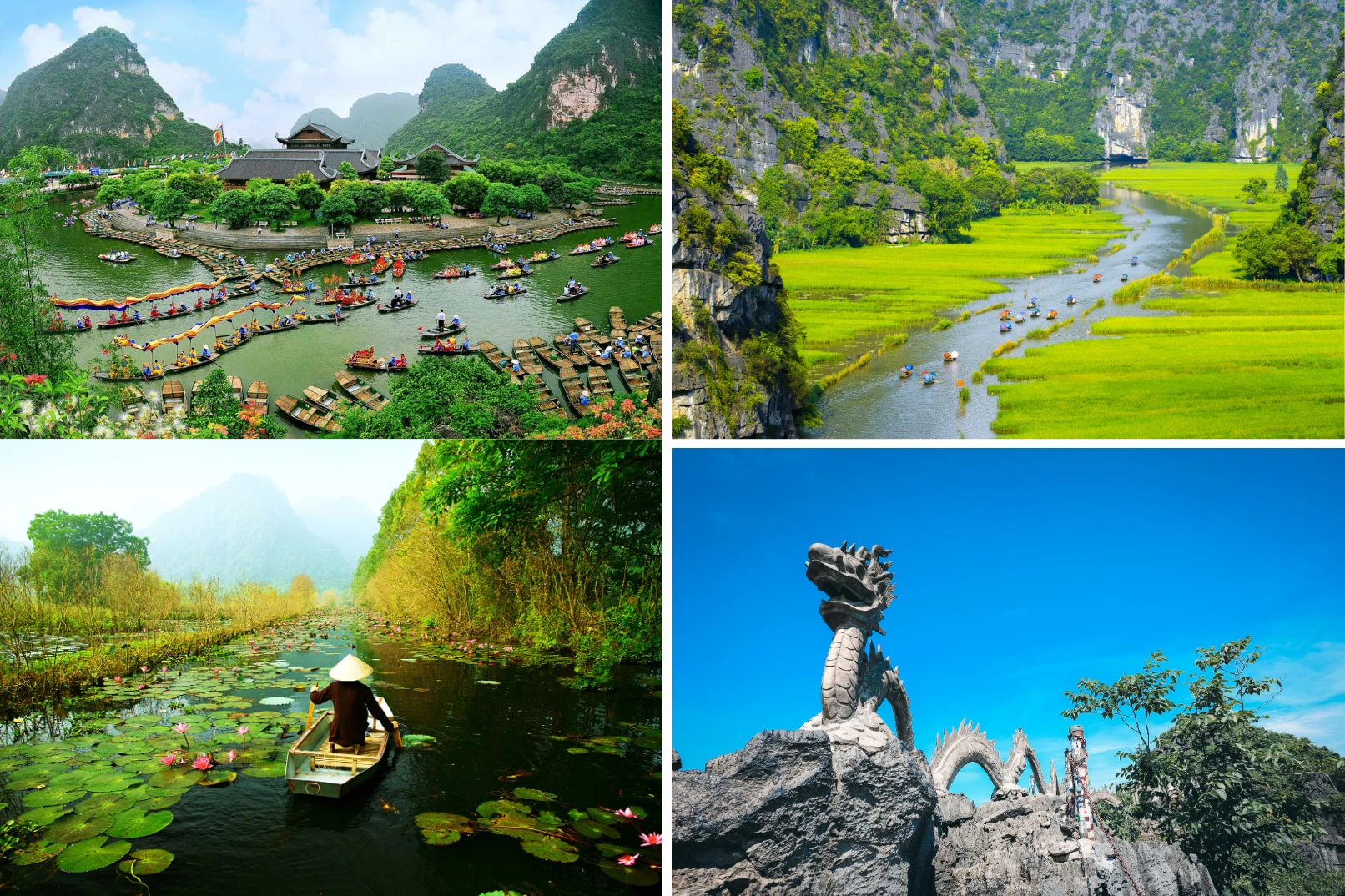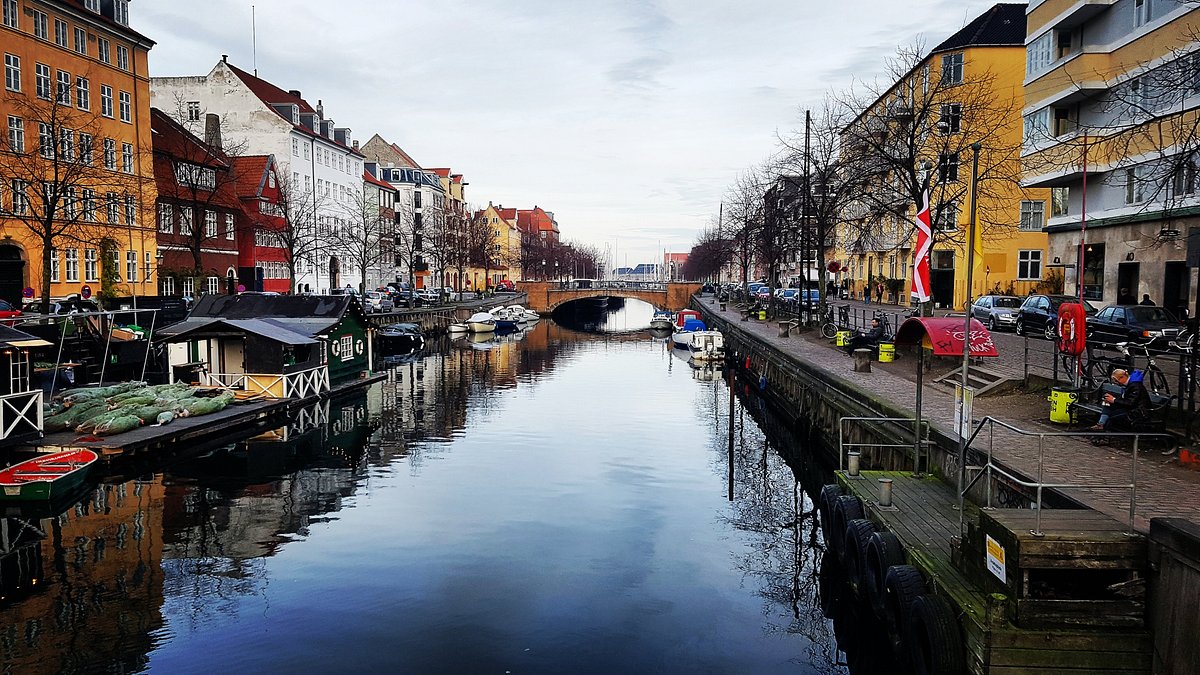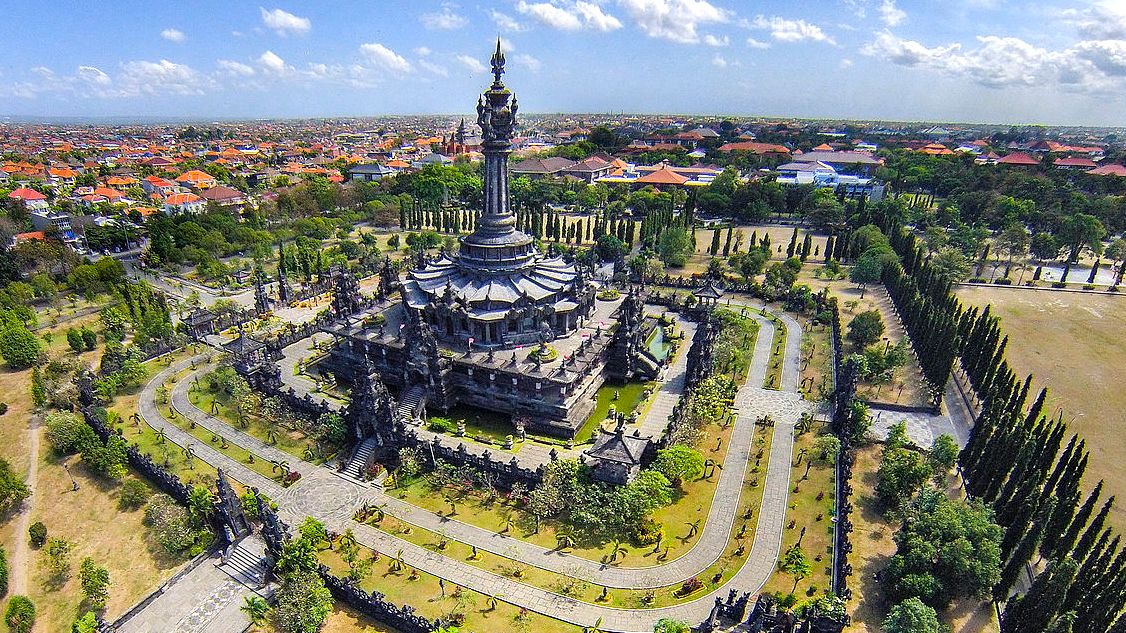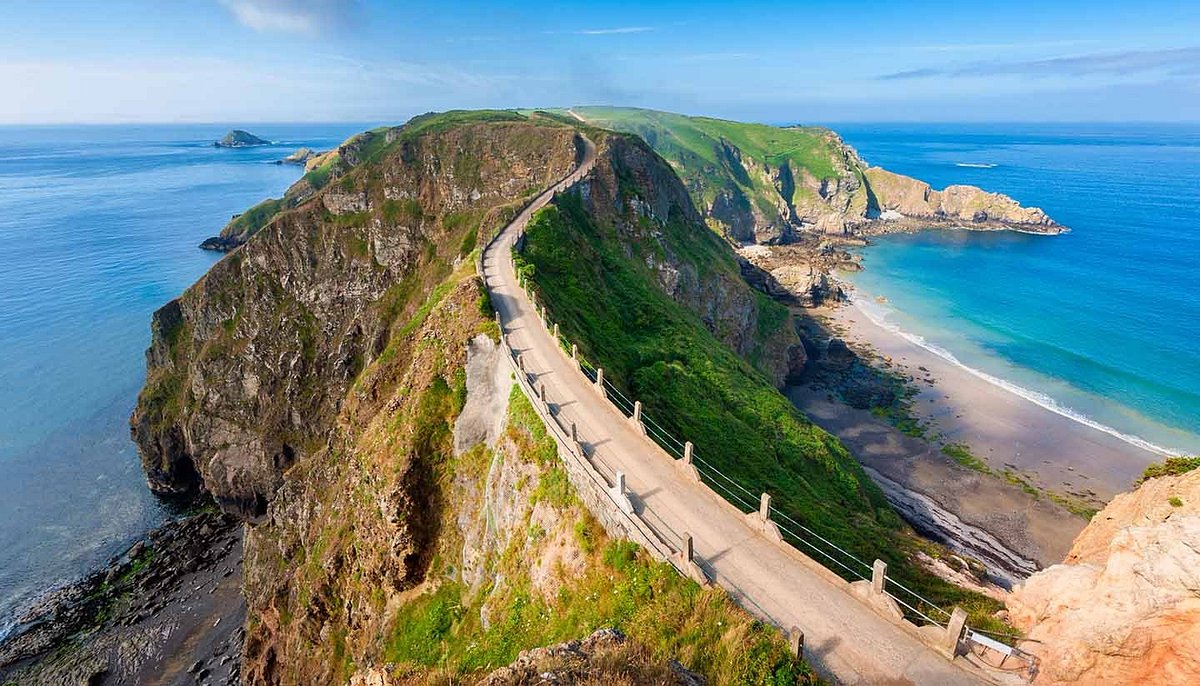Hanoi, the capital of Vietnam, is a city that blends old-world charm with modern-day energy. Known for its centuries-old architecture, bustling street markets, and vibrant culture, Hanoi is often described as the cultural heart of the country. From historic temples and French colonial buildings to hidden cafes and lively night markets, this city offers an unforgettable travel experience for every type of traveler.
The Unique Charm of Hanoi
Hanoi is more than 1,000 years old, and its heritage is reflected in every corner of the city. The Old Quarter is the most famous area, where narrow streets are filled with small shops, local eateries, and colorful markets. Each street is traditionally named after the goods that were sold there, such as silk, silver, or herbs. Exploring this district feels like stepping into a living museum of Vietnamese culture and tradition.
The city is also home to stunning French colonial architecture, with yellow-painted villas, tree-lined boulevards, and grand government buildings. Hoan Kiem Lake, located in the heart of the city, is a favorite spot for locals and tourists alike. Early mornings at the lake are particularly lively, with people practicing tai chi, jogging, or simply enjoying the fresh air.
Historical and Cultural Attractions
One of Hanoi’s most visited sites is the Ho Chi Minh Mausoleum, where visitors can see the preserved body of Vietnam’s revolutionary leader. The nearby Presidential Palace and Ho Chi Minh’s Stilt House provide insight into his simple lifestyle.
The Temple of Literature, founded in 1070, is another must-see. It is Vietnam’s first national university and is dedicated to Confucius. The temple is a peaceful place filled with courtyards, gardens, and traditional Vietnamese architecture, making it a great escape from the busy streets.
For those interested in the country’s struggles and victories, the Hoa Lo Prison Museum, also known as the “Hanoi Hilton,” tells the story of Vietnam’s colonial and wartime history. The Vietnam Museum of Ethnology is also worth visiting, as it showcases the cultures of the many ethnic groups living in the country.
Street Food and Culinary Delights
No trip to Hanoi is complete without tasting its street food. The city is often called the street food capital of the world, and for good reason. Pho, Vietnam’s most famous noodle soup, originated here and is a must-try dish. Other local favorites include bun cha (grilled pork with noodles), banh mi (Vietnamese baguette sandwiches), and egg coffee, a unique Hanoi specialty made with whipped egg yolks and condensed milk.
The best way to enjoy Hanoi’s food is to join a guided food tour or simply walk around the Old Quarter and try different dishes from street vendors. Dining on tiny plastic stools at roadside eateries may feel unusual at first, but it is the most authentic way to experience the city’s flavors.
Best Time to Visit Hanoi
Hanoi has a humid subtropical climate, which means summers are hot and humid, while winters are cool and dry. The best time to visit is during autumn (September to November) and spring (March to April). During these months, the weather is pleasant, and the city is at its most beautiful with blooming flowers or golden autumn leaves.
Winter (December to February) can be surprisingly chilly, with temperatures sometimes dropping below 10°C. Summer (May to August) brings heavy rains and high humidity, but it is also when you can find lush green landscapes and fewer crowds at tourist sites.
Day Trips from Hanoi
Hanoi is also the perfect base for exploring northern Vietnam. Just a few hours away is the world-famous Ha Long Bay, known for its emerald waters and limestone islands. Cruises here range from day trips to overnight stays on luxury boats.
Another great option is Ninh Binh, often called “Ha Long Bay on land.” The area is filled with rice fields, caves, and karst mountains that can be explored by boat or bicycle. The ancient capital of Hoa Lu and the Trang An Scenic Landscape Complex are UNESCO World Heritage Sites located here.
For those seeking mountain landscapes and ethnic culture, Sapa is a popular destination accessible by overnight train or bus. It offers trekking routes through terraced rice fields and villages of ethnic minority groups.
Shopping and Local Markets
Hanoi is a paradise for shoppers who love traditional crafts and souvenirs. The Dong Xuan Market is the largest in the city, selling everything from clothes and electronics to local handicrafts. For more unique finds, explore the small shops in the Old Quarter that sell silk, lacquerware, and hand-embroidered items.
The night market held on weekends in the Old Quarter is another highlight. It’s a lively event with food stalls, street performances, and affordable shopping options. Bargaining is common here, so don’t hesitate to negotiate for the best price.
How to Reach and Get Around
Hanoi is served by the Noi Bai International Airport, located about 27 kilometers from the city center. The airport connects Hanoi to major Asian cities as well as some long-haul destinations.
Getting around Hanoi can be an adventure in itself. The city’s traffic is famously chaotic, with countless motorbikes weaving through the streets. Taxis and ride-hailing apps are available, but many travelers prefer exploring on foot, especially in the Old Quarter. For a unique experience, try a cyclo ride, a traditional bicycle taxi that lets you take in the sights at a slower pace.
Travel Tips for Visitors
- Respect Local Customs: Dress modestly when visiting temples and religious sites.
- Cash is Important: While credit cards are accepted in hotels and big restaurants, most local vendors prefer cash.
- Stay Alert in Traffic: Always look both ways and move steadily when crossing streets; motorbikes will flow around you.
- Learn a Few Words: Simple Vietnamese phrases like “xin chào” (hello) and “cảm ơn” (thank you) are appreciated by locals.
- Stay Hydrated: The heat and humidity can be tiring, so keep water with you at all times.








